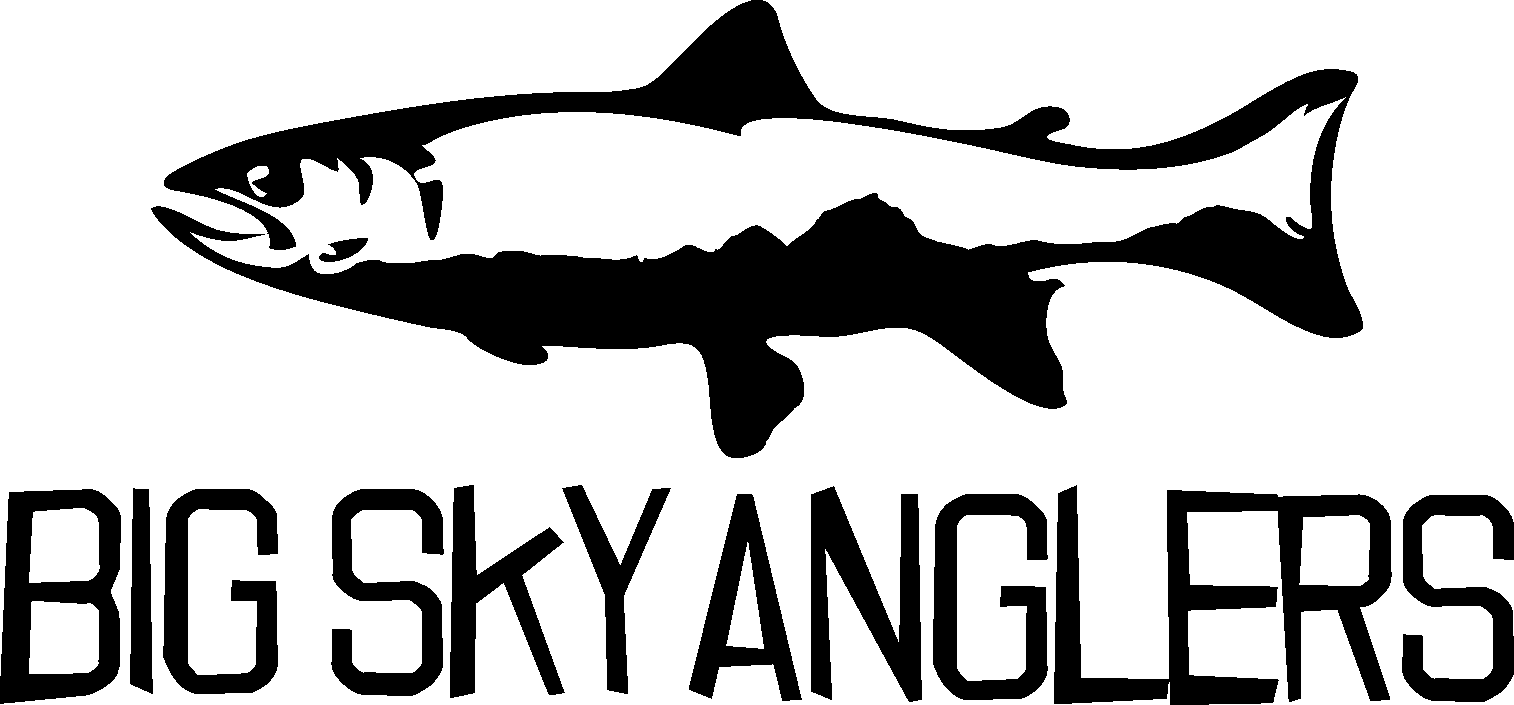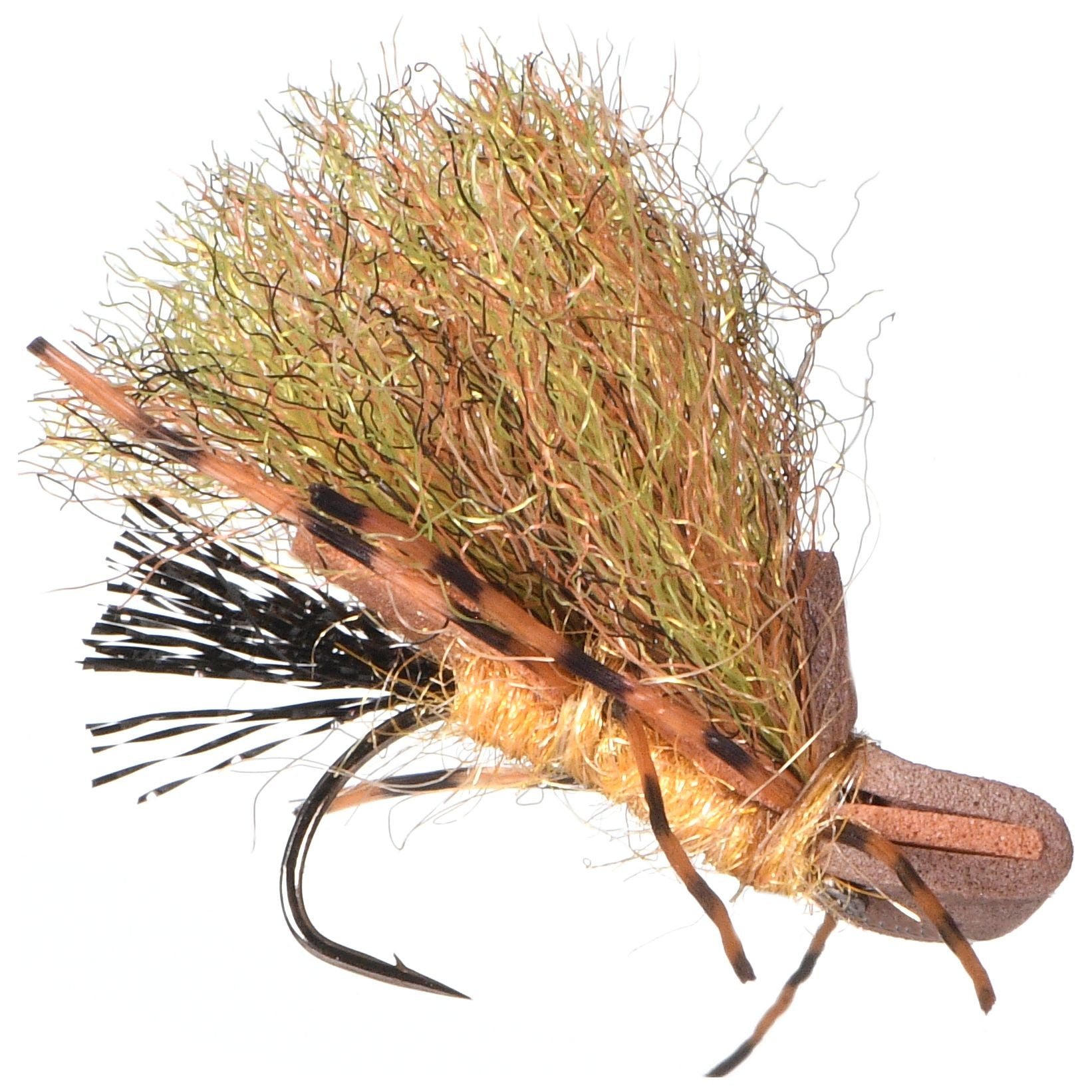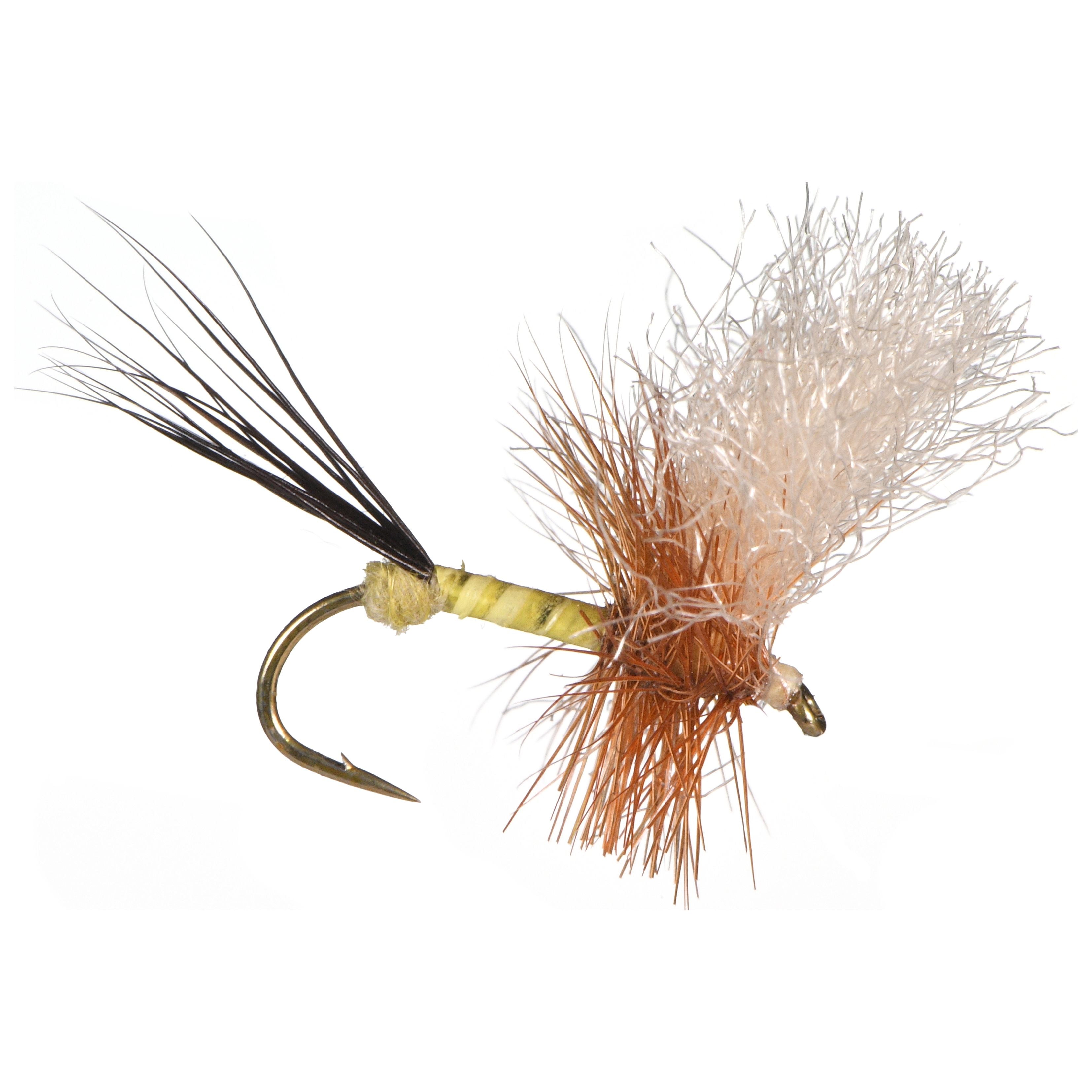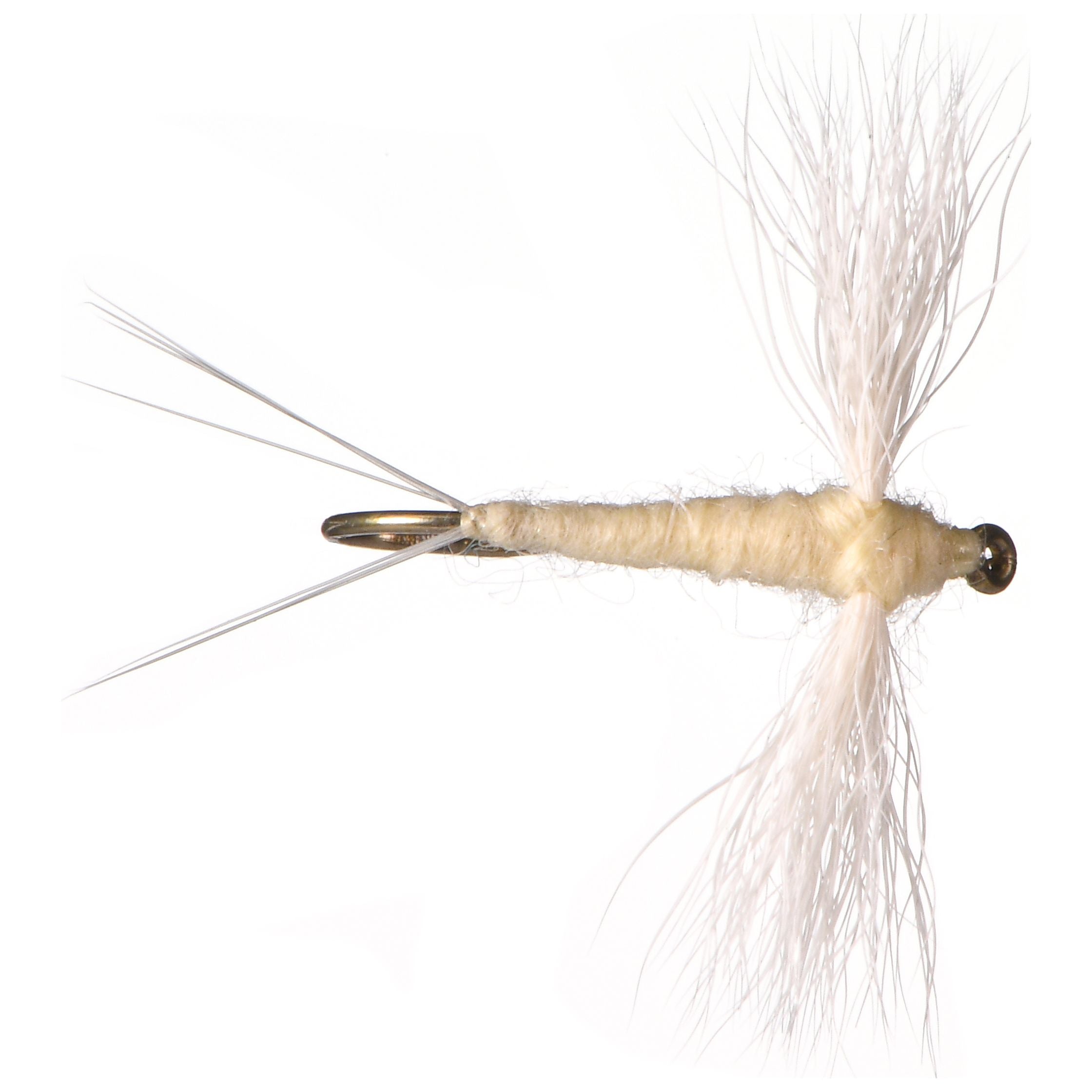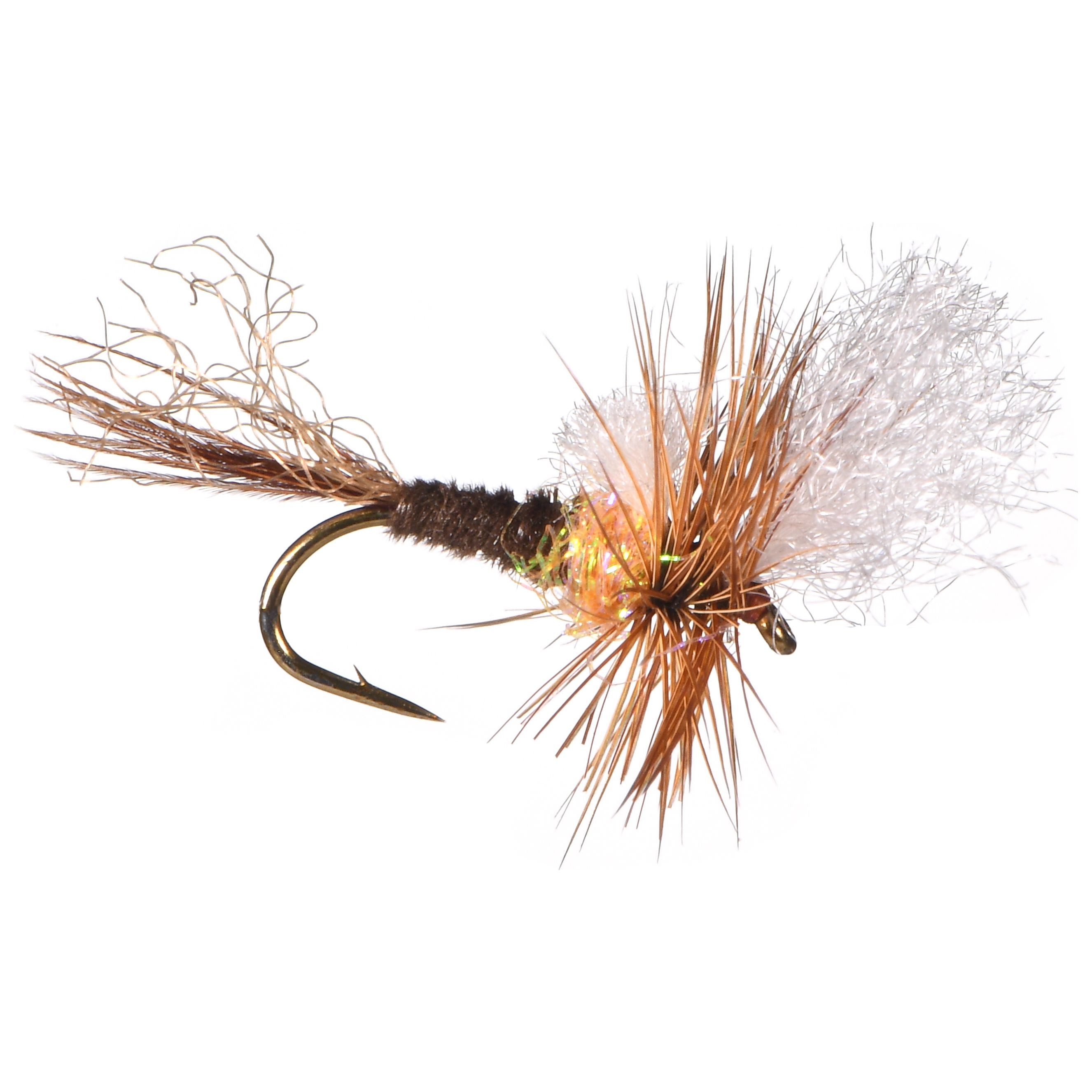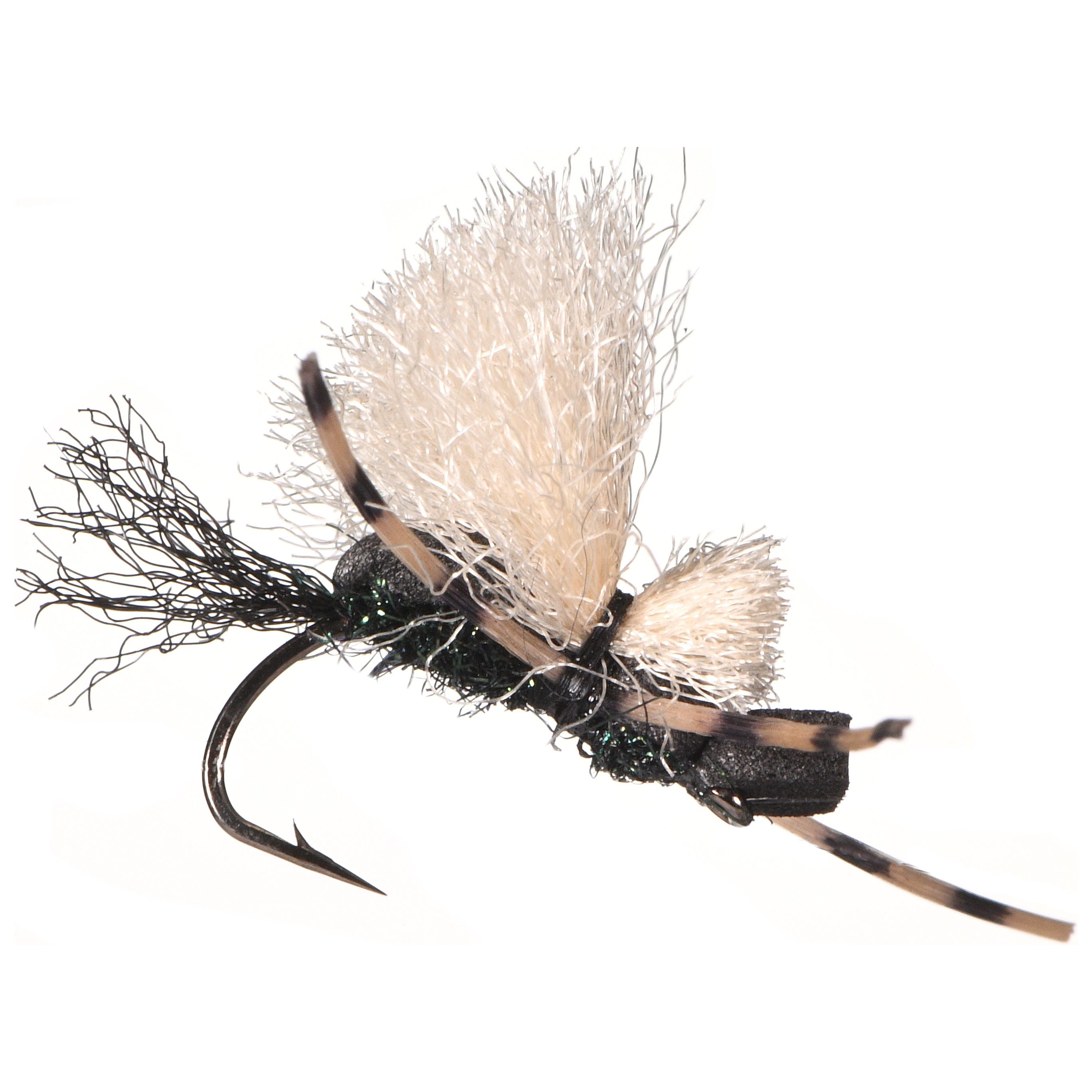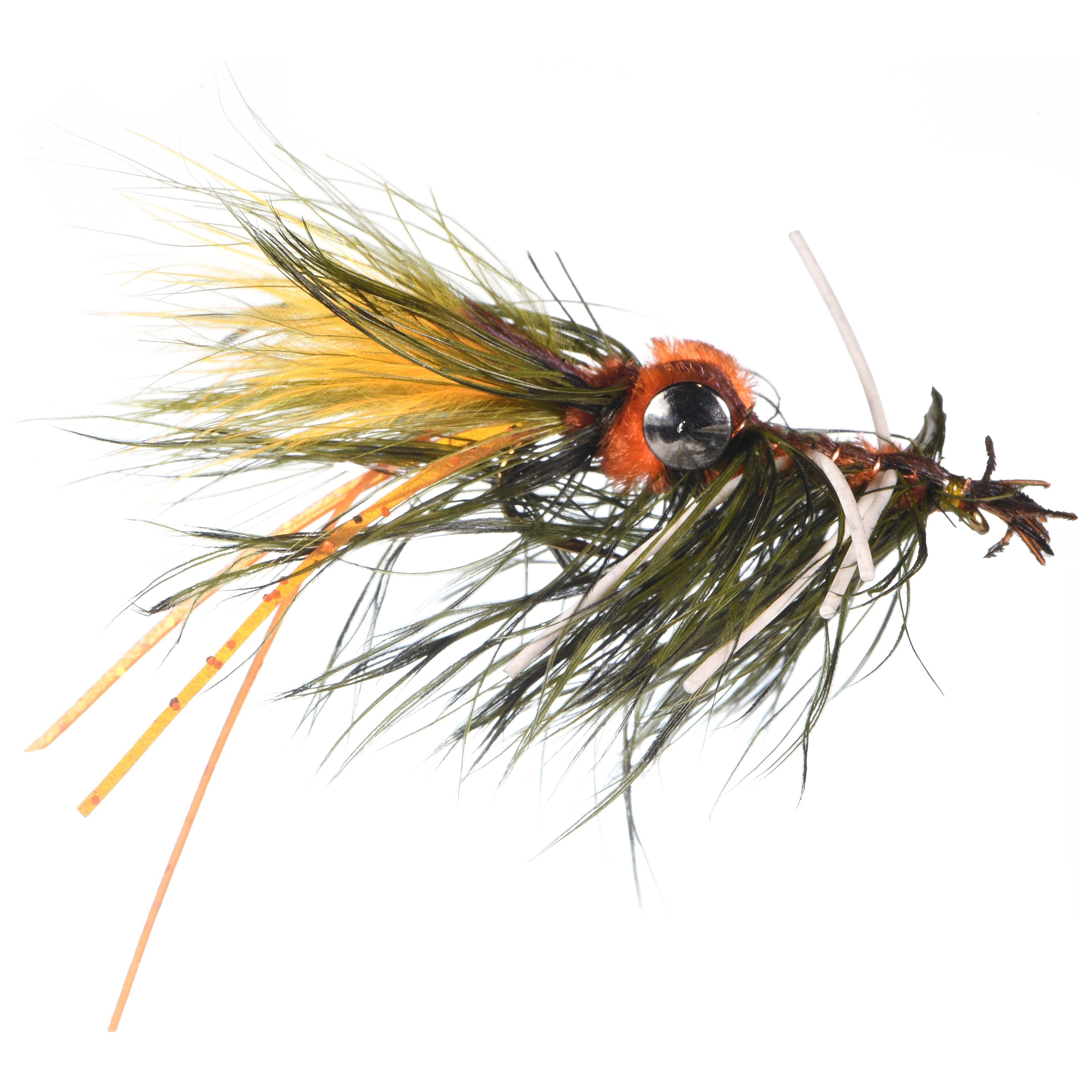Hatch Profile - Green Drakes

The Western Green Drake, Drunella grandis, is a rock star in the world of aquatic entomology. It’s on the cover of all the magazines, and people travel from across the globe to see the show they put on. There are three other species of Drakes found throughout Yellowstone Country that anglers refer to commonly as Green Drakes. These other species wish they could be as cool as grandis, but like cover bands posing as the original, they look and act like the real thing but just don’t pack the same punch.
Drunella coloradensis, Drunella doddsi, and Timpanoga hecuba are the Green Drake cover bands, and they all play important roles in Yellowstone Country fisheries. Drunella coloradensis and Drunella doddsi are the smaller cousins to Drunella grandis, and are sometimes confused with their other more widely known cousin Drunella flavilinea, the smaller size 14 drake found in rivers and streams throughout the region including the Gallatin, Soda Butte, Lamar, Big Hole, and Madison. Timpanoga hecuba is the heralded fall drake found in the waters of the Northeast corner in Yellowstone Park. Slough Creek, Soda Butte Creek, the Lamar River, and the Yellowstone River all have a good population of this large size 12 mayfly in September and October.
Drunella grandis is a formidable animal in our rivers and streams. It is generally the largest mayfly species in the waters that it occupies (size 8-10 nymphs and size 10-12 duns), and it is not always a good neighbor. These stout, three-tailed nymphs cling to rocks and other substrate with strong appendages, and will often prey on smaller nymphs and larvae.
In addition to overall appearance one common trait found among all of the Drunella species in Yellowstone Country is their ineptness at emerging. Nymphs swim to the surface to emerge, and oftentimes it’s a messy process. Like LeBron James trying to climb out of a mini cooper, duns awkwardly struggle to free themselves from their nymphal exoskeleton as they ride the current helplessly stuck to the surface tension. It’s common to see a great number of crippled duns that have only partially emerged during a strong hatch. Trout take advantage of this vulnerable situation feeding heavily on crippled duns, and emergers. So too do the many gulls, terns, and other water birds found on our rivers. Some days with all of the feeding activity going on both above and below the water, and the incredible number of crippled emergers, it’s hard to believe that the species can sustain itself.
The Henry’s Fork has one of the most most celebrated Drunella grandis hatches. Timing of the hatch is generally associated with the June 15 opener of the famous Railroad Ranch section in Last Chance, ID. The flat spring creek waters of the Ranch, and the wide open riffles and weed bed flats of the lower river below Ashton provide ideal habitat for these large, clumsy mayflies. During emergences Nymphs swim slowly to the surface, emerge awkwardly, and ride the current for a long time before lumbering into flight. The resident trophy trout couldn’t dream of a more vulnerable target, and they take full advantage. Freshly emerged duns here display a vibrant chartreuse green body with slate dun colored wings, but that coloration soon darkens to an olive-brown.
The Madison River has one of the more overlooked hatches of Drunella grandis. In early July duns can be found emerging sporadically on sunny days, and in good concentrations on cloudy, rainy days between Hebgen Lake and Ennis. However, unlike other area fisheries, many days it’s the spinners that can provide the best dry fly fishing. These size 12 rusty or chocolate brown colored spinners can be found in good numbers during the morning hours over select riffles.
Drunella grandis is also found on many of the smaller tributary waters to our larger, more renowned rivers. It’s always a good idea to have size 12 attractor patterns like a Royal Wulff Cripple or a JoJo’s Green Drake in your fly arsenal if you’re exploring these smaller waters during late June and July.
In many ways, Green Drakes and the fishing situations that they create in Yellowstone Country represent the pinnacle of our sport. Most fly anglers spend the long winter months dreaming of warm summer days, green meadows filled with wild flowers, and large trout feeding recklessly on a blanket hatch. Green Drakes are the bugs that make those dreams come true for fishermen in our area from mid-June through the end of July.
